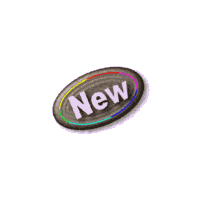Slice of Life Writing Challenge MARCH 2011
For the past few years I have chosen to participate in the Slice of Life Writing Challenge hosted by Two Writing Teachers. This is mission possible. Maybe you could get involved with your students? You need a BLOG and you need to be prepared to post a slice of life writing piece each day for the month of MARCH. Anyway, please read on for more information... You Up for a Writing Challenge? Posted on Thursday February 24, 2011 by Ruth I’m hoping you plan to join the Slice of Life Story Challenge in March. I’m also hoping you talk to your friends, parents, children, spouses, or strangers in the grocery store line about the challenge because documenting the little moments in our ordinary days is rewarding. ( Mom, are you reading this? It’s time for you to start a blog! ) In fact, just this week I received two emails from people who have started Slicing and are excited about the way our writing community has given them more energy for writing. This is a flyer I plan to share with...




